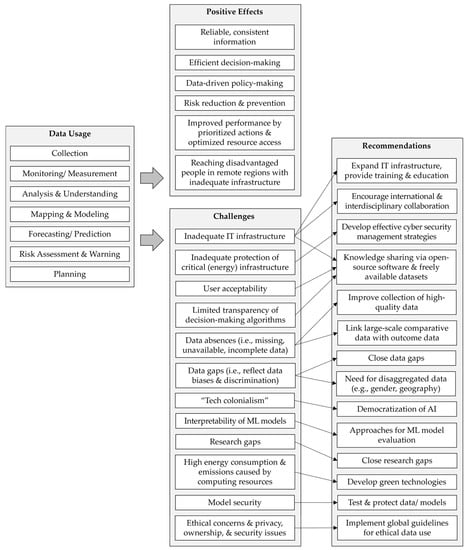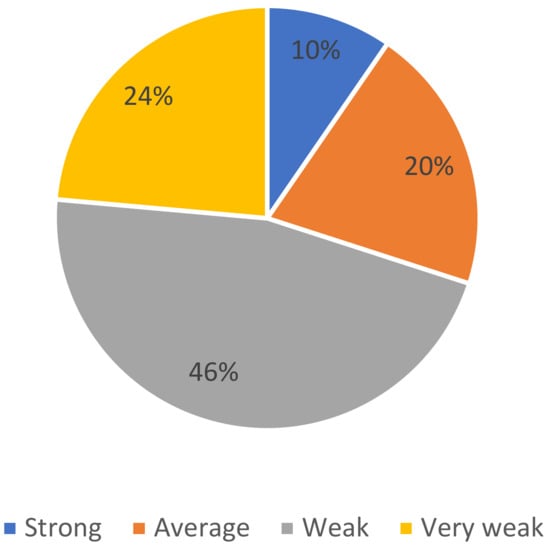Digitalization and Sustainable Development
A topical collection in Sustainability (ISSN 2071-1050).
Viewed by 210095Editor
2. Department of Strategic Management, General Jonas Zemaitis Military Academy of Lithuania, Silo 5, 10322 Vilnius, Lithuania
Interests: energy transformation toward sustainability; green economy; consumption patterns; social responsibility; clusters; innovations; cybersecurity; knowledge management; security and sustainability; sustainable development of organizations; sustainable development of industries and countries
Special Issues, Collections and Topics in MDPI journals
Topical Collection Information
Dear Colleagues,
You are invited to submit your paper to this Topical Collection, which is devoted to a wide range of questions related to digitalization processes that inevitably affect the sustainable development patterns in organizations, industries, and regions.
The collection will focus on the following problems: digitalization, internationalization and digitalization, e-commerce, industry 4.0, cybersecurity, e-government, energy transformations toward sustainability, smart grids, digitalization and the circular economy, knowledge management, digitalization and education, and a wide range issues related to digital entrepreneurship and sustainable development of industries and countries.
The purpose of the Topical Collection is gather studies revealing and discussing contemporary challenges to sustainable development on the levels of organizations, industries, societies, and countries.
Prof. Manuela Tvaronaviciene
Guest Editor
Manuscript Submission Information
Manuscripts should be submitted online at www.mdpi.com by registering and logging in to this website. Once you are registered, click here to go to the submission form. Manuscripts can be submitted until the deadline. All submissions that pass pre-check are peer-reviewed. Accepted papers will be published continuously in the journal (as soon as accepted) and will be listed together on the collection website. Research articles, review articles as well as short communications are invited. For planned papers, a title and short abstract (about 100 words) can be sent to the Editorial Office for announcement on this website.
Submitted manuscripts should not have been published previously, nor be under consideration for publication elsewhere (except conference proceedings papers). All manuscripts are thoroughly refereed through a single-blind peer-review process. A guide for authors and other relevant information for submission of manuscripts is available on the Instructions for Authors page. Sustainability is an international peer-reviewed open access semimonthly journal published by MDPI.
Please visit the Instructions for Authors page before submitting a manuscript. The Article Processing Charge (APC) for publication in this open access journal is 2400 CHF (Swiss Francs). Submitted papers should be well formatted and use good English. Authors may use MDPI's English editing service prior to publication or during author revisions.
Keywords
- digitalization
- internationalization and digitalization
- e-commerce
- industry 4.0
- cybersecurity
- e-government
- energy transformations towards sustainability
- smart grids
- digitalization and circular economy
- knowledge management
- digitalization and education
- anti-money laundering (AML)






























